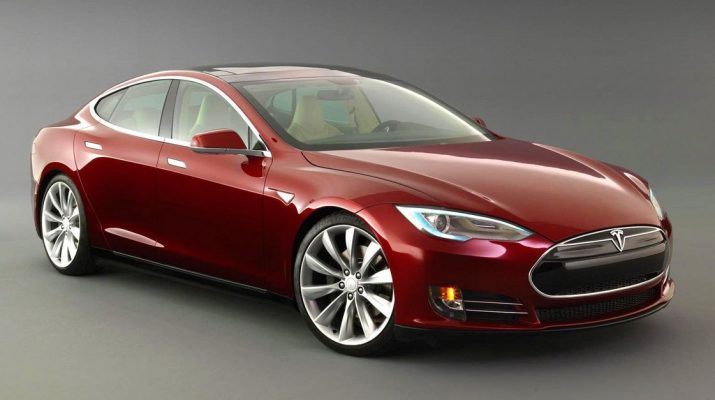Chinese hackers have attacked Tesla electric cars from afar, using exploits that can activate brakes, unlock doors, and fold mirrors from up to 20 kilometres (12 miles) away while the cars are in motion.
In a video demonstration, a researcher uses the car’s mapping search function to find the nearest charging point. At that point, the researchers take over both the infotainment and instrument cluster screens and remotely unlock the doors.
Researchers were also able to remotely open the sunroof, move the power seats, and activate the signal lamps.
Keen Security Lab senior researchers Sen Nie, Ling Liu, and Wen Lu, along with director Samuel Lv, demonstrated the hacks against a Tesla Model S P85 and 75D and say their efforts will work on multiple Tesla models.
The Shenzhen, China-based hacking firm has withheld details of the world-first zero-day attacks and privately disclosed the flaws to Tesla.
The firm worked on the attack for several months, eventually gaining access to the motor that moves the driver’s seat, turning on indicators, opening the car’s sunroof and activating window wipers.
Keen Security Lab’s attacks also appear to soft-brick the Tesla’s touch screen which controls much of the car’s functions.
“We are able to fold the side mirrors when drivers are changing lanes,” Nie says in the demonstration.
“All attacks are contactless without physically modifying the car.”
The team demonstrate the remote attacks by triggering very sudden braking while director Lv’s model 75D was in motion at slow speed in a car park.
Following the incident, according to the Verge, Tesla issued the following statement.
“Within just 10 days of receiving this report, Tesla has already deployed an over-the-air software update (v7.1, 2.36.31) that addresses the potential security issues.
The issue demonstrated is only triggered when the web browser is used, and also required the car to be physically near to and connected to a malicious wifi hotspot.
Our realistic estimate is that the risk to our customers was very low, but this did not stop us from responding quickly.
We engage with the security research community to test the security of our products so that we can fix potential vulnerabilities before they result in issues for our customers.
We commend the research team behind today’s demonstration and plan to reward them under our bug bounty program, which was set up to encourage this type of research.”
The researchers compromised the Teslas in both parking and driving modes.
Director Lv says this type of research is important as cars become more automated and tech-dependent.

